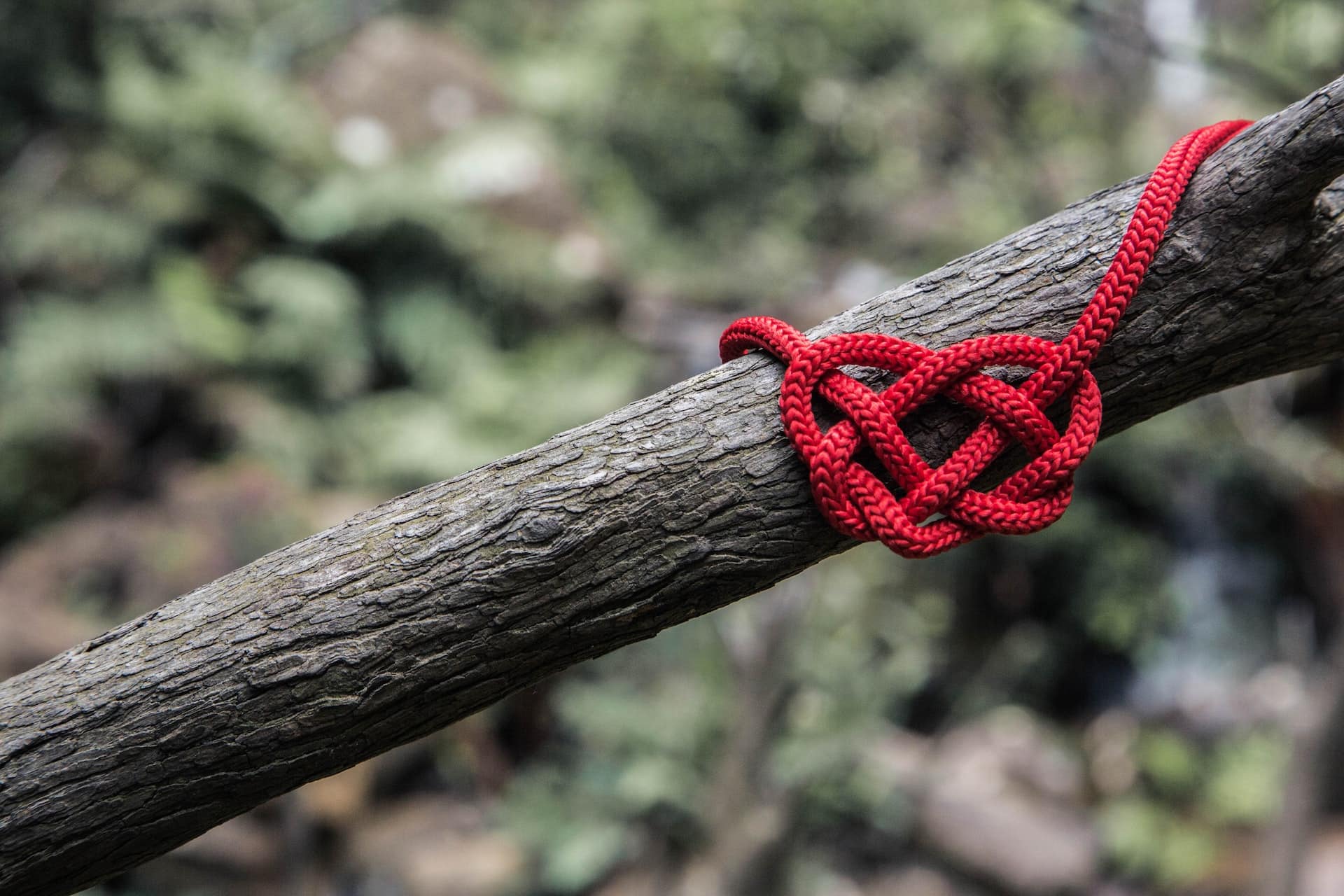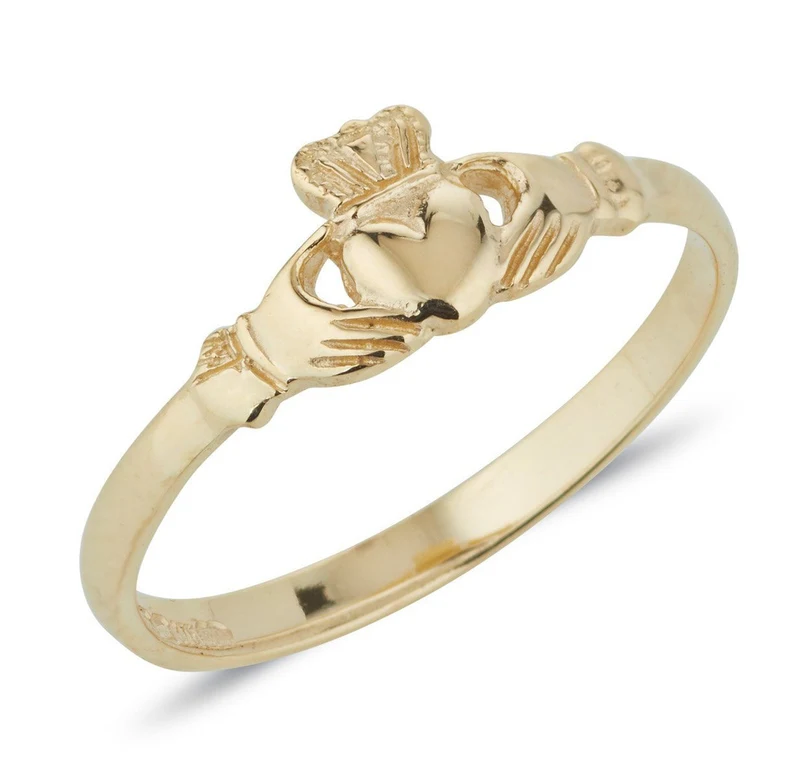
Table of Contents
The history of Celtic jewelry dates back to the period between 2000 BC and about 550 AD. Gold and silver were used by Celtic artisans to produce stunning jewelry with Celtic symbols.
The representation and meanings of ancient Celtic symbols are still prominent in the decoration of contemporary pieces of jewelry, even though time has passed and the technique for creating Celtic jewelry has improved.
It was around 500 BC that Celtic artists started displaying more advanced works of art. This has resulted in the reason why to date, charming and symbolic Irish Celtic jewelry is so highly coveted and admired around the world.
Types of Celtic Jewelry
Celtic jewelry is distinguished by the unique designs that are used. These are often ancient patterns and symbols that hold great significance for the ancient Celts. While many of these have been integrated into modern life and the Christian faith, they still stand apart as ancient and powerful.
Here are some of the most notable Celtic symbols and jewelry designs.
1. Claddagh Ring

The Claddagh is a ring design often chosen by Celtic couples as a promise or engagement ring. It’s similar to the Gimmel (or Fede) rings of the Middle Ages in other parts of Europe. It features two hands holding up a crown with a heart perched atop.
Folklore and romanticism are heavily woven throughout the Claddagh ring’s historical portrayal. Three symbolic components make up a Claddagh piece of jewelry, and each has a unique meaning.
The heart grasped in two hands denotes love. The hands symbolize friendship, and the last symbol, the crown, signifies loyalty. The Claddagh is a well-known emblem of love and friendship in contemporary society.
2. Celtic Cross

The Celtic Cross is one of the oldest symbols that predate Christianity. It features a cross of equidistant arms set within a circle. After the Christianization of Ireland, this symbol was adopted by the church and used to represent Christ.
It has four arms that stood for four elements: mind, soul, body, and heart. Where these elements meet at the center is identified as infinite love or God’s endless love, which has neither a beginning nor end.
Today, this type of Celtic Jewelry stands as a representation of faith. It exemplifies the knowledge, strength, and compassion to manage life’s ups and downs.
3. Celtic Knot

The Celtic Knot has been traced as far back as 500 BC. It is often said to represent eternity, loyalty, faith, friendship, and love. This type has knots that are complete loops having no start or finish.
These knots have been associated with the eternity of life since the looped pattern goes on infinitely. The overarching knots mean the interconnectivity and complications of life.
4. Spirals

Spirals are one of the oldest types of Celtic jewelry, representing eternal life. It has three sides which stand for the three elements water, fire, and earth, which are the forces of nature.
The Celtic spiral is characterized by a single continuous line that represents the oneness of spirit and unity. The whirls of the spiral stand for continuous growth, while the gaps between the rings stand for the gaps between life, death, and rebirth.
5. Trinity Knot

The Trinity Knot is also known as the Triquetra, the Latin word for triangular or three-cornered. The symbol has three interconnected ovals, with one pointing upward and the other two pointing down to the left and right.
The three corners are significant. They exemplify the three stages of life (birth, death, and rebirth), the three elements (water, earth, fire), and the three domains (earth, sea, and sky).
The symbol also has a Christian meaning, used to represent the Father, the Son, and the Holy Spirit.
6. Tree of Life

One of the most popular of all Celtic symbols, the Tree of Life features a tree with expanding branches and roots, set within a circle. The meaning of the Celtic Tree of Life is the interaction of the forces of nature to produce harmony and balance. While the roots go deep into the earth, the branches stretch into the sky. The design pictures the relationship between heaven and earth, the human mind and body, and the endless circle of life.
The Tree of Life represents strength, longevity, and knowledge in the eyes of the Celts. They even hold the view that trees served as a portal to the spirit world and were the true forefathers of humans. The idea of rebirth is another connotation. The tree loses its leaves when the temperature drops and comes to life in the spring.
Defining Characteristics of Irish Jewelry

1. Celtic jewelry is full of symbolism:
Symbolism is prominent in the production of Celtic jewelry. The meanings of the symbols used are often figurative and have a connection with a significant entity.
2. Celtic jewelry holds special value on family occasions:
In Ireland, where the jewelry is sourced, Celtic Jewelry, especially Claddagh rings, has a very important role it plays in family occasions like engagement and marriage, among others.
3. Most Celtic designs come with three elements:
The common Celtic designs feature elements that come in threes. Notable ones are symbolic references to mind, body, and soul, past, present, and future, the Father, Son, and Holy Spirit, and faith, hope, and love. The number three was of great importance to the ancient Celts.
4. The Celtic jewelry influenced existing designs:
The invention of Celtic jewelry has had an impact on other jewelry designs that are in existence. It breathed new life into the dying jewelry designs.
5. Celtic jewelry is associated with Iron Age:
The Iron Age essentially saw the commencement of Celtic jewelry. At that period, people were making tools and jewelry out of steel and iron, but distinctively, gold and silver formed the materials used to make Celtic jewelry at the early stage.
6. Celtic jewelry is easily recognizable:
It is notable that Celtic jewelry is easily recognized by its specific design elements because they are unique. Most pieces of Celtic jewelry are recognizable by the use of woven lines, circles, knots, and spirals, likewise the symbolism. Common unique designs are step patterns, basic knot patterns, knotwork interlace, and Celtic Spirals.
Ancient Celtic Jewelry Materials
The ancient Celts used metals such as gold, bronze, amber, jet, and shale for their jewelry. Gold was hammered into sheets and embellished with zigzag motives, triangles, and diamond (kite) shapes in embossed and chased designs reminiscent of those seen on pottery from the time.
The usual lunulae are good examples of early Bronze Age goldwork. Casting processes were needed for the usage of copper and, later, bronze.
Compared to gold, bronze is less ductile and malleable. Due to this, early bronze jewelry had considerably simpler forms and fewer intricate details. Though repousse, a good working technique, was occasionally applied to bronze by hammering it to a sheet. All different kinds of ornaments, including spacer beads and bi-conical beads used in strung necklaces, were made from a jet.
Where Can I Buy Celtic Jewelry?
Because of the popularity of Celtic jewelry designs, you can find many specialty stores that focus just on Celtic designs.
We recommend also searching on Etsy or Amazon for some amazing pieces. Etsy is focused on handmade or vintage items and craft supplies. These items fall under a wide range of categories, with jewelry being one of the most important. Amazon also holds a variety of Celtic jewelry.
With both platforms, always check customer reviews and do your due diligence, as each retailer has their own policies.
Check out our articles for more information:
Should I Buy Jewelry from Etsy?
History of Ireland
According to historians, humans first settled in Ireland about 10,000 years ago, which is a relatively recent period in European terms. The earliest farmers are thought to have arrived in Ireland around 4000 BC. As a result, Irish art has a long and rich history; some pieces date back more than 5,000 years, making them older than the Egyptian Pyramids.
The earliest known examples of Irish art are from 3200 BC. Visitors could see rock art at the prehistoric Newgrange monument in county Meath, which predates both the Stonehenge and the Egyptian pyramids. At this significant location, excavations uncovered enormous stones that were adorned with sharply defined sculptures.
The Irish produced a great deal of beautiful gold work throughout the Bronze Age, which began approximately 1900 BC. In addition, religious carvings and illuminated manuscripts from the Middle Ages were extremely popular among Irish painters.
The Book of Kells is one of the most well-known illuminated manuscripts. This 800 BC masterpiece of medieval art was produced by a group of monks. The Tara Brooch, a magnificent object, and the Ardagh Chalice, an elaborate copper cup, are two other well-known artifacts.
Irish nationalism experienced a resurgence in the second half of the 19th century. Irish visual arts also experienced a resurgence as a result of renewed interest in the Irish language and Celtic history.
Irish art started to capture the roughness of an Irish Celtic past as well as its own interpretation of European art after shifting from a strong British influence. As a result, Ireland has developed into a national power with a vibrant and active arts scene today. Its sculptors, playwrights, photographers, and painters all significantly contribute to the field of art.
Wrapping Up
Celtic jewelry continues to inspire modern-day jewelry makers and wearers alike. They’re symbolic, beautiful, and a great representation of Irish heritage. These pieces highlight the connection between humans and nature.









